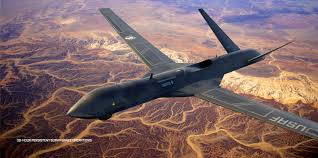Defense Budget Allocation: Balancing Traditional and Emerging Threats

Defense budget allocation has always been a complex balancing act, but today's security environment presents unprecedented challenges as military planners must address both traditional and emerging threats with finite resources.
Traditional defense spending focuses on maintaining conventional forces—army, navy, air force, and marine units equipped with the platforms and weapons necessary to deter and, if needed, defeat adversary forces. These expenditures remain essential, as conventional deterrence continues to be the foundation of national security.
However, emerging threats require new investment priorities. Cyber defense now demands significant funding to protect military networks and critical infrastructure. Space has become a contested domain, requiring investment in satellite protection, space situational awareness, and potentially space-based weapons systems. Countering hybrid warfare tactics—which blend conventional, irregular, and information operations—requires flexible, adaptable force structures.
Advanced technologies like hypersonic weapons, directed energy systems, and AI-enabled platforms promise to transform warfare but come with substantial research and development costs. Meanwhile, climate change is creating new security challenges, from Arctic access disputes to disaster response missions.
Effective budget allocation requires clear strategic prioritization, rigorous analysis of costs and benefits, and the political will to make difficult choices. The most successful defense establishments will be those that can balance immediate readiness concerns with long-term technological development while maintaining the flexibility to adapt to rapidly evolving threats.



